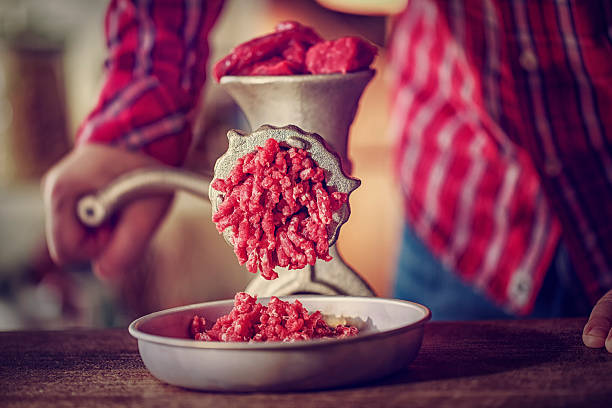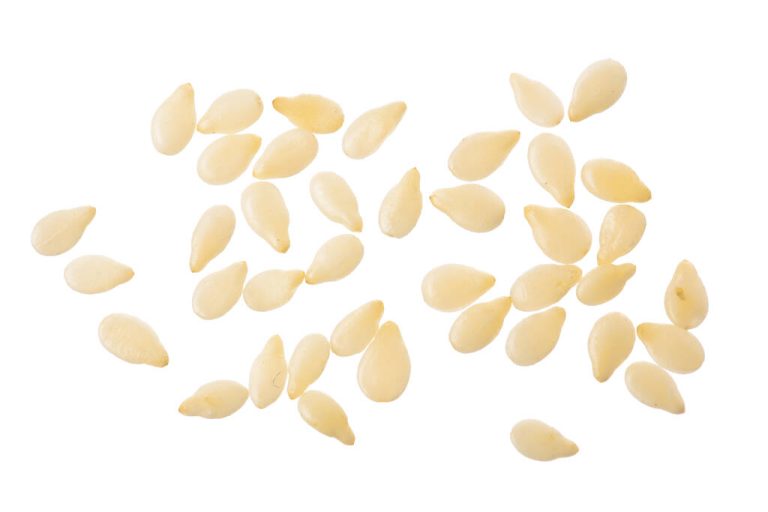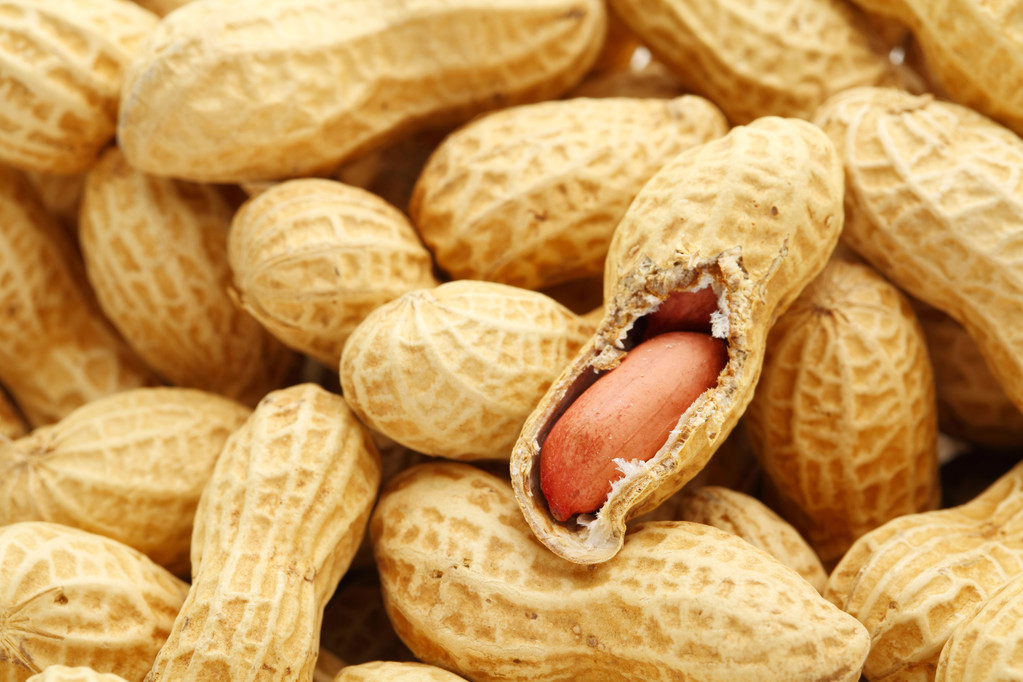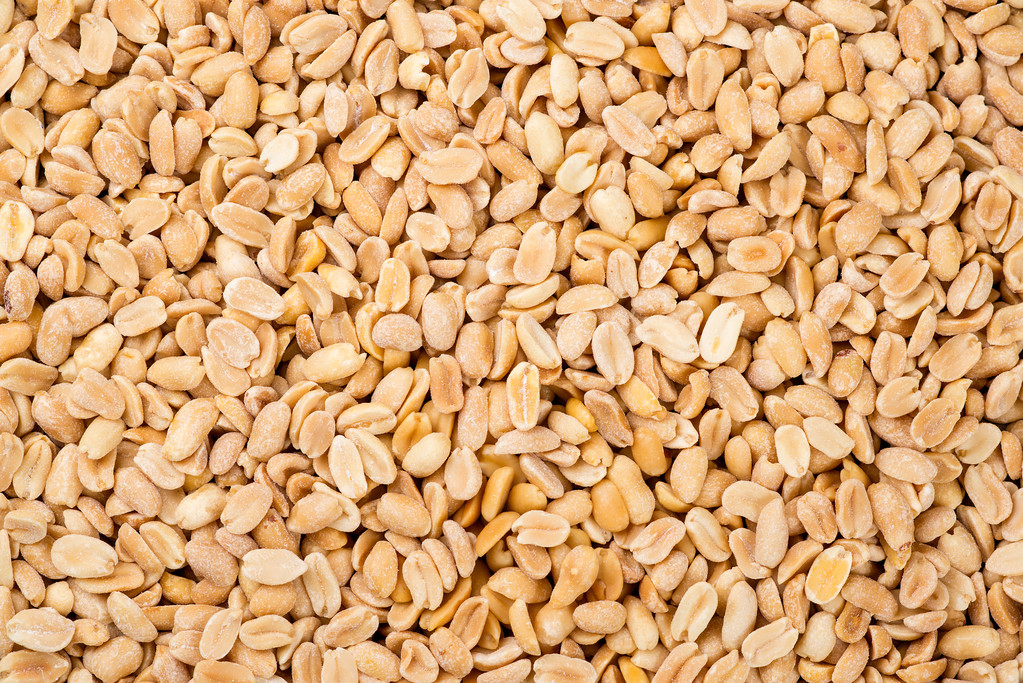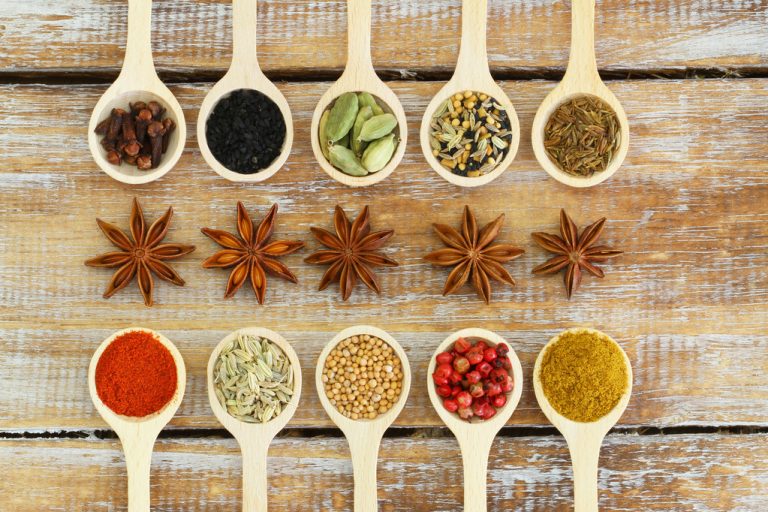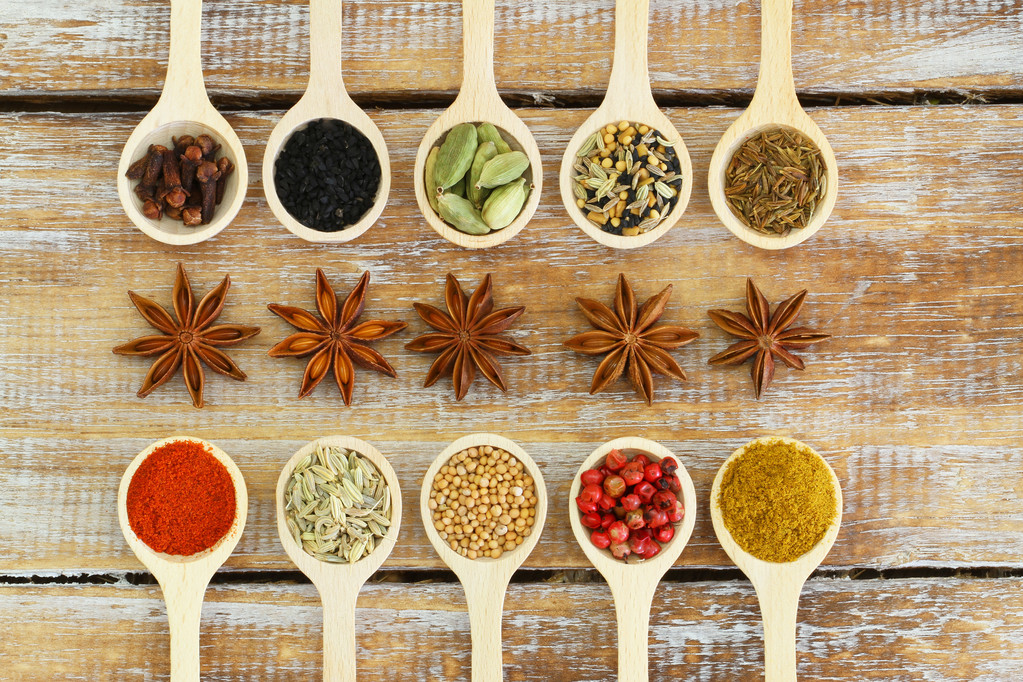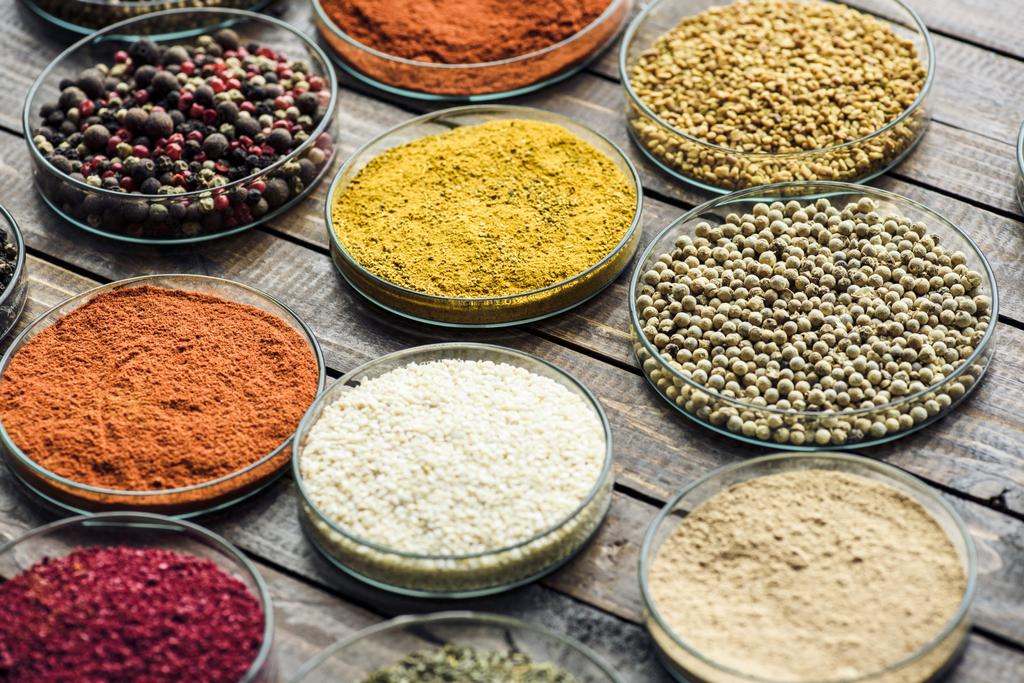Practical kitchen helpers simplify cooking and make the kitchen more fun. We show you the best helpers in the kitchen and for clever cooking.
You just have to have these kitchen gadgets. It doesn’t matter whether you like to cook or not, cooking is easier than ever with practical kitchen helpers.
What do you need kitchen helpers for?
If you like to cook, entertain guests, and just want to be creative in the kitchen, you won’t be able to avoid getting one or the other helpful kitchen helper. Because it makes cooking much easier and faster. And even those who value special preparations and decorations will love certain kitchen gadgets. After all, it is rightly said: “Eat with your eyes”. You can also find out which are the best everyday helpers for the household and which helpers for plants and in the garden should not be missing.
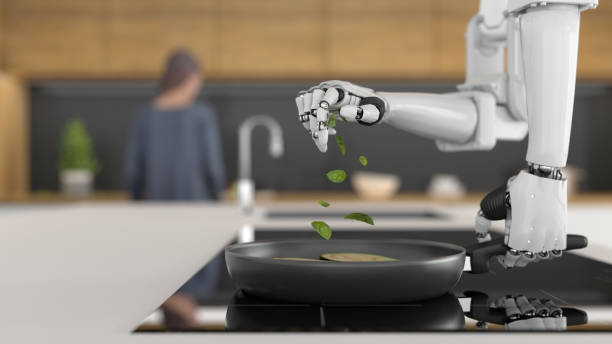
1) Spiralizer for clever cooking
A spiralizer is very handy in the kitchen. So you can cut fresh vegetables quickly and easily without much effort. Since there are different models of these relatively new devices, you should get an overview and inform yourself before you buy them, e.g. in the spiral cutter test – Julienne cutter in comparison.
2) Professional peeler as a practical kitchen helper
A professional peeler for potatoes, asparagus, and vegetables should be in every kitchen. Because they make your work a lot easier when cooking cleverly.
3) The classic smoothie blender
A handy smoothie maker is modern and healthy for feeding the whole family. The stainless steel smoothie mini blender has 300 watts and a Tritan bottle. So you can try out many smoothie recipes in the future and stay fit in everyday life.
4) Jam funnel as a practical kitchen helper
When making jam yourself, you ideally need a jam funnel to fill the jam into the jars. This makes it much easier to fill the jam into the jars without making a lot of mess. There are beautiful filling funnels made of stainless steel that are rustproof and dishwasher-safe.
5) Potato cutter for clever cooking
A clever kitchen appliance to make fries yourself. The French Fry Cutter made of stainless steel is a top gadget for the kitchen as a potato cutter. And if you make your own fries, use our recipe for making your own mayonnaise. Have fun enjoying it!
6) Water filter for the kitchen
You can clean your drinking water with a water filter. That’s why the Brita water filter in the starter package, including 3 graphite filter cartridges, should not be missing in your household. So you never have to carry heavy drinks again.
7) Double-walled coffee maker for coffee lovers
A double-walled French Press coffee pot is ideal for making coffee. The thermal coffee maker from Rosenstein & Söhne is a noble variant made of stainless steel. The advantage of a thermal coffee press is of course that the coffee stays hot for up to 5 hours after boiling.
8) Vacuum sealer as a practical helper in the kitchen
A vacuum sealer is suitable for freezing food. Food stays fresh and durable up to 8x longer when vacuumed. A vacuum sealer is also suitable for sous vide cooking. The CASO vacuum sealer is the test winner at Stiftung Warentest. And this comes with 10 free professional foil bags. In addition, read useful tips on storing food and preserving it.
9) Sparkling water maker as a helpful kitchen gadget
The SodaStream CRYSTAL 2.0 glass carafe water bubbler for sparkling tap water has become indispensable in many households. This saves you heavy towing. It is also available in dishwasher-safe glass bottles. Incl. 1 cylinder and 2 glass carafes 0.6l and modern design. Also, read the advantages of a water bubbler.
10) Use a modern citrus juicer in the kitchen
You can operate the GOURMEO® lemon squeezer made of stainless steel with a 2-year satisfaction guarantee manually. It helps you to make delicious lemon juice, orange juice, or lime juice without much effort. With it, you can cook cleverly and refine some dishes. Also, note tips for using lemons in the household.
11) The world’s best kitchen knives
If you are looking for new kitchen knives, then the Victorinox kitchen knife set is just right for your kitchen. Because these kitchen helpers impress with their ergonomic handle and their sharpness. The modern design is also an eye-catcher. Also, read how to properly sharpen and clean knives and how to sharpen blunt scissors.
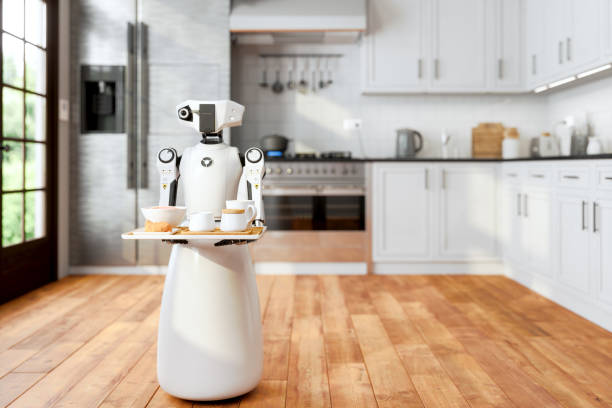
12) Reusable baking paper
Environmental protection in the home is becoming increasingly important. If you would also like to make a small contribution, use the GOURMEO® permanent baking film. Because you can simply cut them to size and they are dishwasher-safe. It is therefore reusable and environmentally friendly.
13) Cutting board with containers
If you like to cut the veggies first when cooking, then a chopping board with containers is for you. This way you can cleverly store the cut vegetables until they go into the saucepan without making countless dishes dirty. In addition, it is very space-saving, since the containers are attached directly under the board. In addition, cutting boards made of natural materials such as wood are good. In addition, read useful tips for cleaning the cutting board.
14) A kitchen trolley as an eye-catcher
There are great and beautiful food processors and kitchen trolleys. They serve as storage space and work surface at the same time. Whether super-modern or with a special retro look, there is something for every taste. And you can turn a boring kitchen corner into an eye-catcher. In addition, note the best means and gadgets for cleaning.






